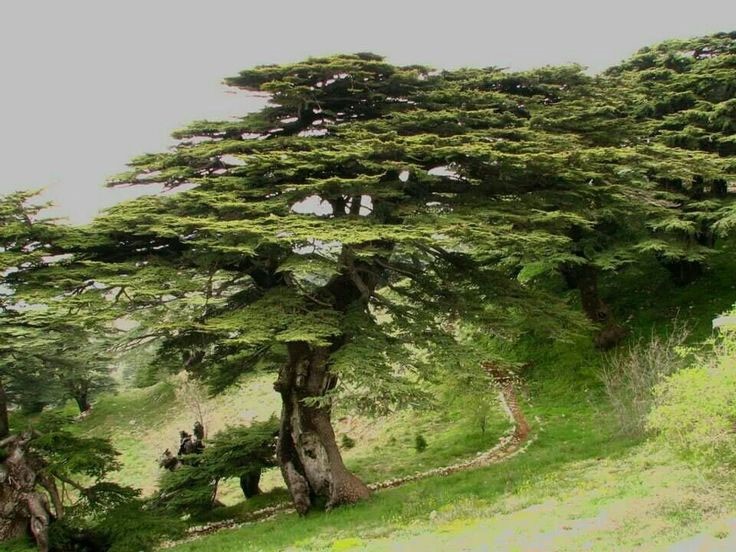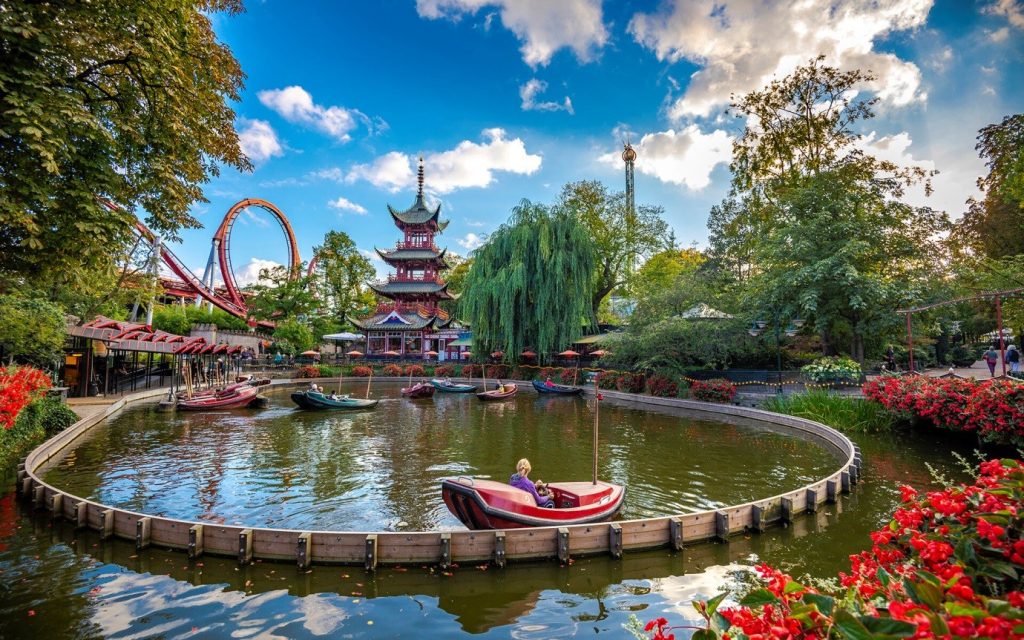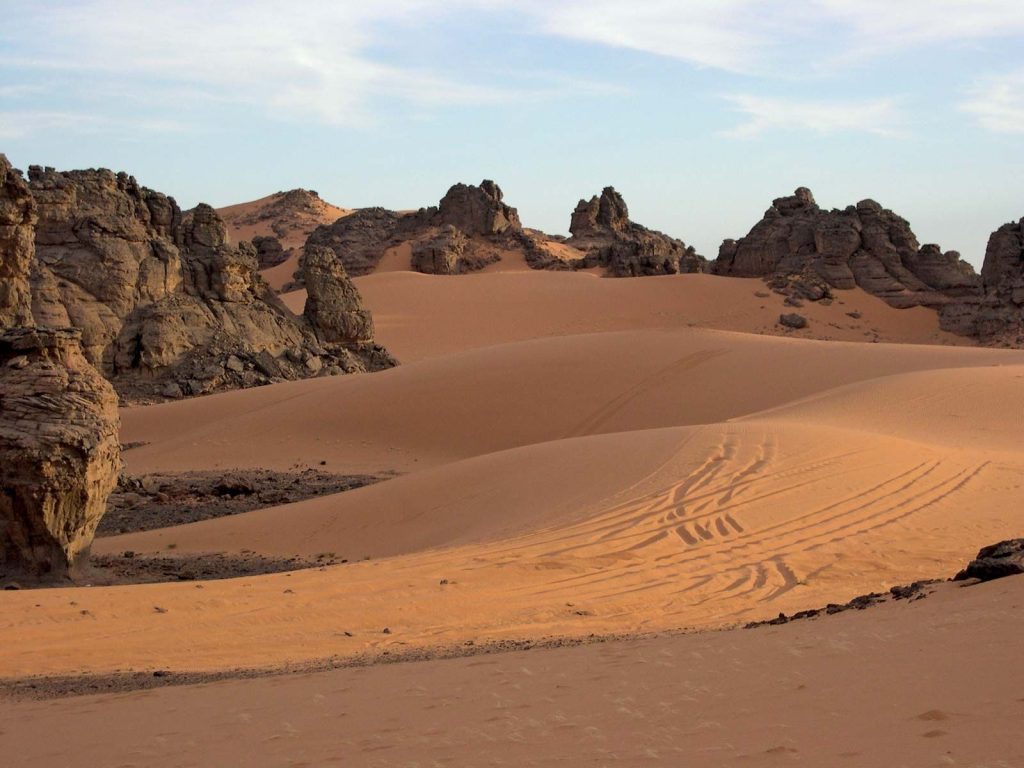Senegal, boasts a rich cultural heritage, diverse landscapes, and a variety of tourism attractions that cater to a wide range of interests. From historic sites and natural wonders to vibrant markets and festivals, Senegal offers an array of experiences for travelers. This article provides an overview of some of the notable tourism attractions in Senegal.
One of Senegal’s most iconic attractions is Gorée Island. Located off the coast of Dakar, the capital city, Gorée Island holds immense historical significance as a former hub of the transatlantic slave trade. Visitors can explore the House of Slaves, a museum that documents the island’s painful history and serves as a powerful reminder of the African diaspora’s struggles. The island’s picturesque architecture, cobblestone streets, and stunning ocean views also contribute to its popularity among tourists (World Travel Guide, n.d.).
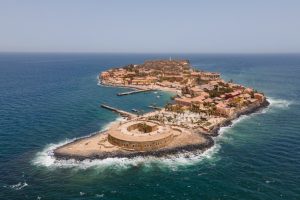
In the northern part of the country lies the Pink Lake (Lac Rose). This saltwater lake gets its name from the unique pink hues that result from a combination of high salt content and microorganisms. Besides its striking appearance, the Pink Lake has economic importance due to salt extraction activities, which visitors can observe. The annual Dakar Rally also passes through this area, attracting motorsport enthusiasts (Briggs, 2018).
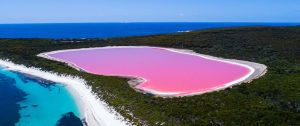
For nature enthusiasts, Niokolo-Koba National Park, presents a captivating destination. This UNESCO World Heritage site is a haven for wildlife, featuring diverse ecosystems ranging from savannas and forests to wetlands. The park is home to a variety of animals, including lions, elephants, and hippos. Eco-tourism initiatives offer guided safaris, allowing visitors to experience the beauty of Senegal’s wildlife and landscapes firsthand (UNESCO, 1981).
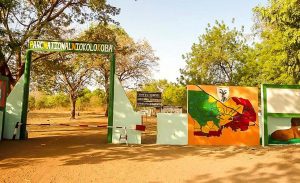
Senegal’s cultural richness is highlighted by the vibrant city of Saint-Louis, another UNESCO World Heritage site. Situated at the mouth of the Senegal River, Saint-Louis was a colonial trading post and capital of French West Africa. Its colonial architecture, narrow streets, and lively markets provide glimpses into Senegal’s history and contemporary culture. The city also hosts the annual Saint-Louis Jazz Festival, attracting music enthusiasts from around the world (World Heritage Journeys, 2020).
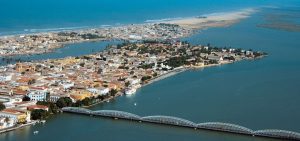
The Bandia Wildlife Reserve offers an alternative wildlife experience. Located near Dakar, this private reserve is committed to conservation and offers guided tours to view various animals, including giraffes, rhinos, and antelopes. The reserve’s proximity to the capital city makes it a convenient option for tourists looking to explore Senegal’s wildlife without venturing far from urban amenities (Bandia Wildlife Reserve, n.d.).

Additionally, Senegal’s vibrant markets are a feast for the senses. Marché Sandaga, located in Dakar, is a bustling market where visitors can find a wide array of goods, from traditional crafts and textiles to fresh produce and local delicacies. Engaging with local vendors and experiencing the vibrant atmosphere of Senegalese markets provides a unique cultural immersion (Lonely Planet, 2021).
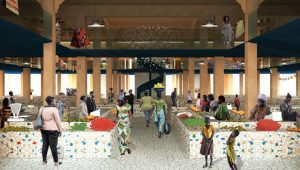
In conclusion, Senegal offers a captivating blend of historical, natural, and cultural attractions that cater to various interests. From the haunting history of Gorée Island to the unique beauty of the Pink Lake, the wildlife wonders of Niokolo-Koba National Park, the colonial charm of Saint-Louis, and the wildlife encounters at Bandia Wildlife Reserve, the country’s tourism offerings are diverse and enriching. Exploring vibrant markets like Marché Sandaga adds another layer to the cultural experience. These attractions collectively contribute to Senegal’s status as an enticing destination for travelers seeking an immersive and enlightening adventure.

